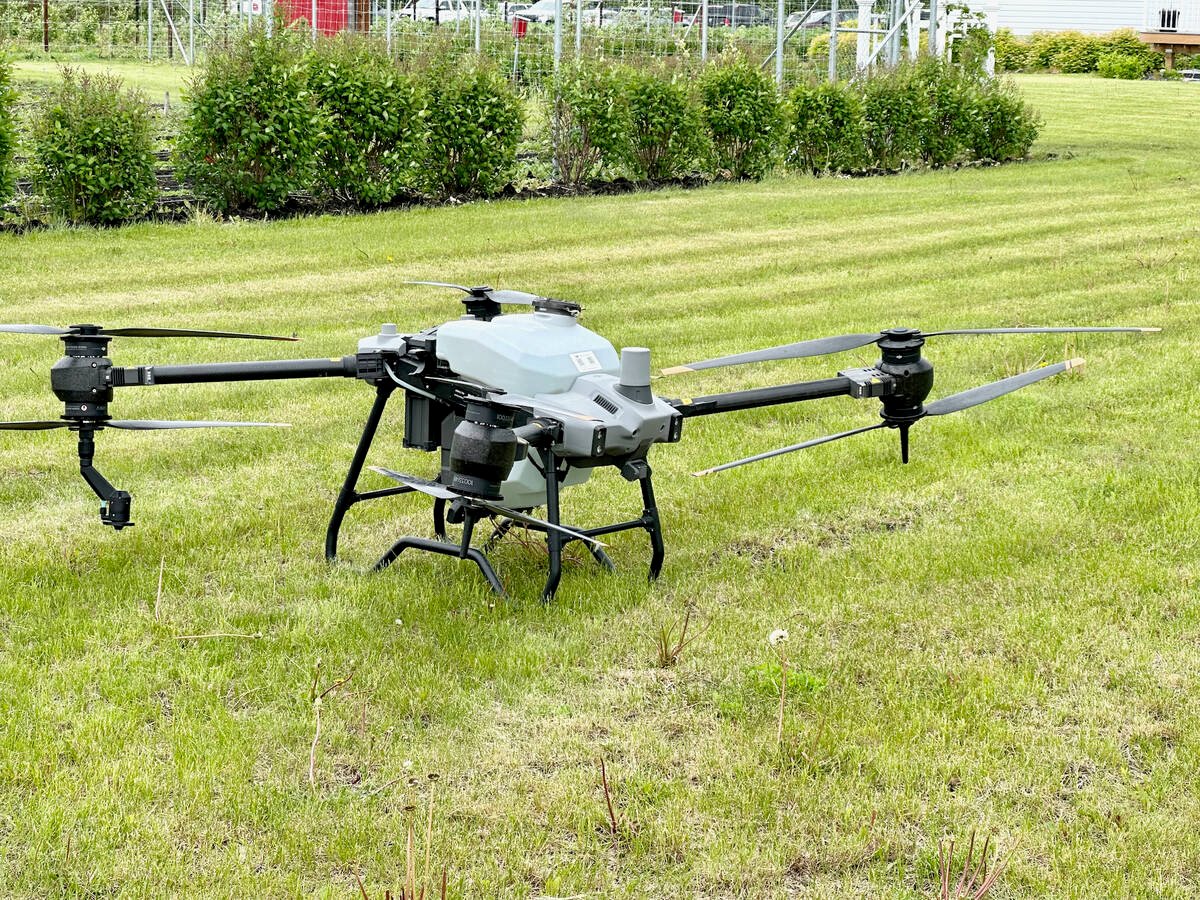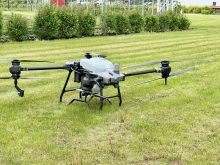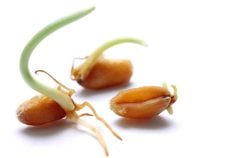VONDA, Sask. – Producers facing a crop of noxious weeds and volunteer grain this spring because their fields were too wet to seed last year now have a new option.
The CC30 Crop Chopper from Highline Manufacturing combines the durability and width of a traditional rotary grass cutter with the pulverizing capability of a flail shredder.
Blake Neudorf, research and development team leader at Highline, said the lighter mower can go where heavier tillage equipment cannot.
“We’ve had guys who use this machine go in and quickly clean up the field and then have the ability to do something with it later: to dry it out because you’re exposing it to sunlight and wind. Now that it’s cleaned off and mulched, you can get in with the tillage and get through it,” he said.
Read Also

Canadian Food Inspection Agency red tape changes a first step: agriculture
Farm groups say they’re happy to see action on Canada’s federal regulatory red tape, but there’s still a lot of streamlining left to be done
“Producers interested in this machine will be those who could not get into their fields last year.”
The $56,000 mower also gives producers more flexibility for managing field residue rather than putting straw through the combine, which uses extra horsepower and fuel and slows down the harvesting process.
“By using this machine as a secondary process, you now have the ability to harvest faster, leave your straw higher for catching snow and then mowing in spring, or fall if that’s your choice,” Neudorf said.
Cam Wilson, research specialist at Highline, said managing residue with a disk was not a good idea.
“Why would you support redundant tillage. This (crop chopper) manages residue without returning to tillage while trying to promote good agronomic practices of minimum and no till. That’s the other reason we went after mowing technology as opposed to tillage technology.”
Stripper headers often offer too much residue for eay spring planting, but mowing can manage that residue by providing tall stubble while still retaining the benefits of rapid harvesting.
Guy Lafond of Agriculture Canada told the University of Saskatchewan’s March 16 Soils and Crops meeting that taller stubble can improve yields by up to 30 percent.
However, proper management techniques are critical to success.
Neudorf said simplicity is a key design feature.
The mower has three, 10-foot cutting areas with an oil cooled gearbox for each cutter drive. A large centrifugal clutch protects the tractor from power surges and overcomes the inertia to get the 30 feet of blades running easily and slowly.
“It’s different from other mowers out there because it’s based on prairie tillage concepts of having a front castor wheel and rear wheels tucked in tight for contouring the ground, large tires that mimic what people are used to and the ruggedness of prairie implements,” he said.
The gearboxes are designed and made in Vonda, Sask.
“We’ve done a lot of learning into what can go wrong and what makes a very solid gearbox,” Neudorf said.
“It brings a little bit of that manufacturing close to home and into our backyard.”
The mower’s two outer wings can be raised and lowered for transport, similar to tillage equipment. “Farmers are used to that,” he said. “They have an expectation that you wing it up, get on the road and go. When you’re done travelling, you wing it down and away you go.”
Neudorf said the mower can comfortably do 22 acres an hour at six m.p.h. with a 220 horsepower tractor.
He said the math supports the benefits of using the CC30 Crop Chopper rather than the combine’s straw chopper.
“On 4,000 acres at $5 a bushel crop (for No. 1 grade), at 40 bu. an acre, (using a 42 foot header), there’s $800,000 of potential revenue. Your revenue at $3 (No. 2 grade) is now $480,000 so you’ve lost $192,000 in revenue. Going from 4.2 m.p.h. to three m.p.h., (with the combine’s straw chopper running), assuming 10 hours a day the amount of acres you would get done at 4.2 m.p.h. versus three m.p.h., that works back to $12,000 that you’ve lost every day because you were not going at 4.2 m.p.h.
“The difference of 1.2 m.p.h. for that type of producer turns into about $12,000 of revenue per day he can be losing at the end of the year.”















